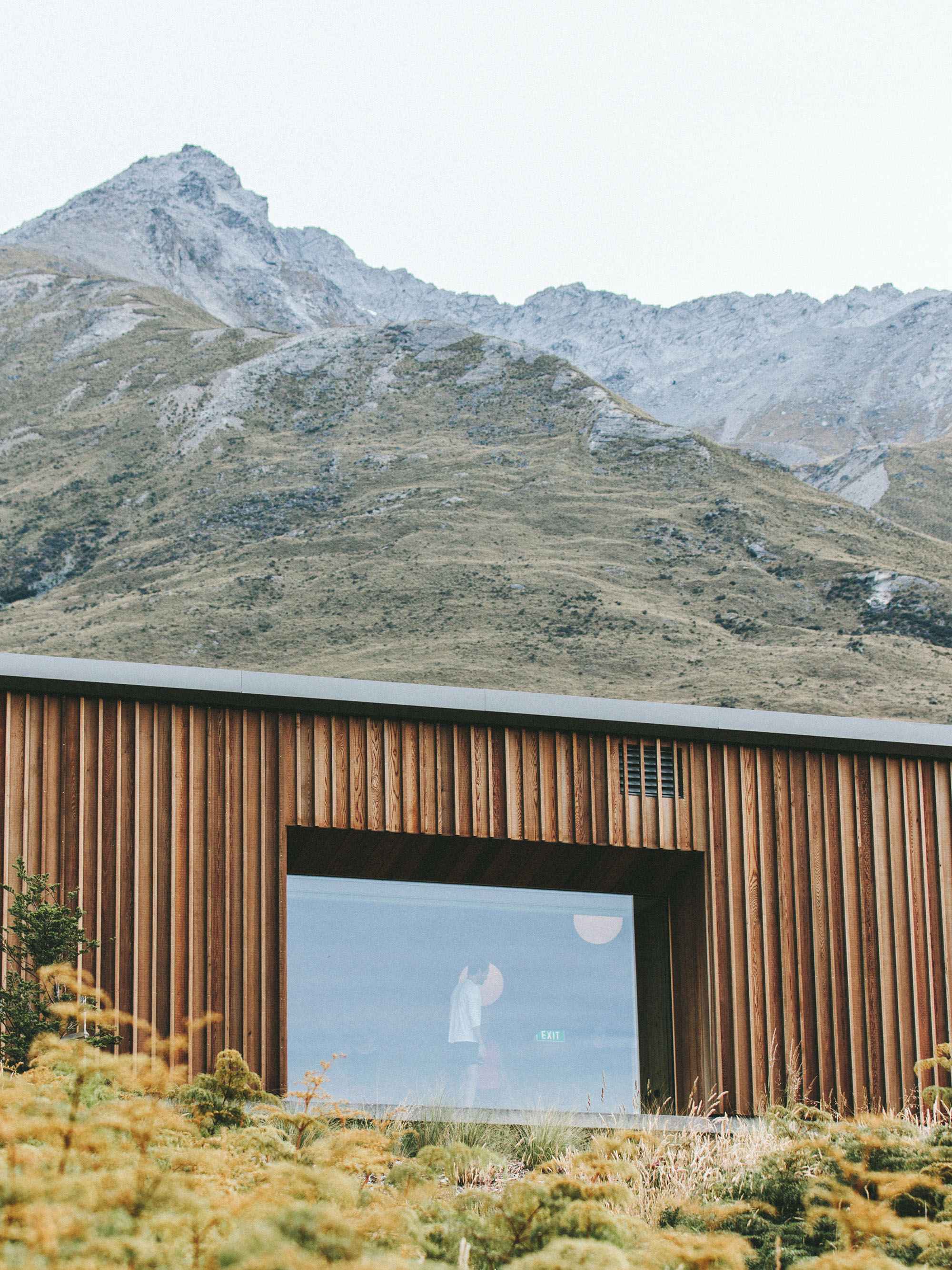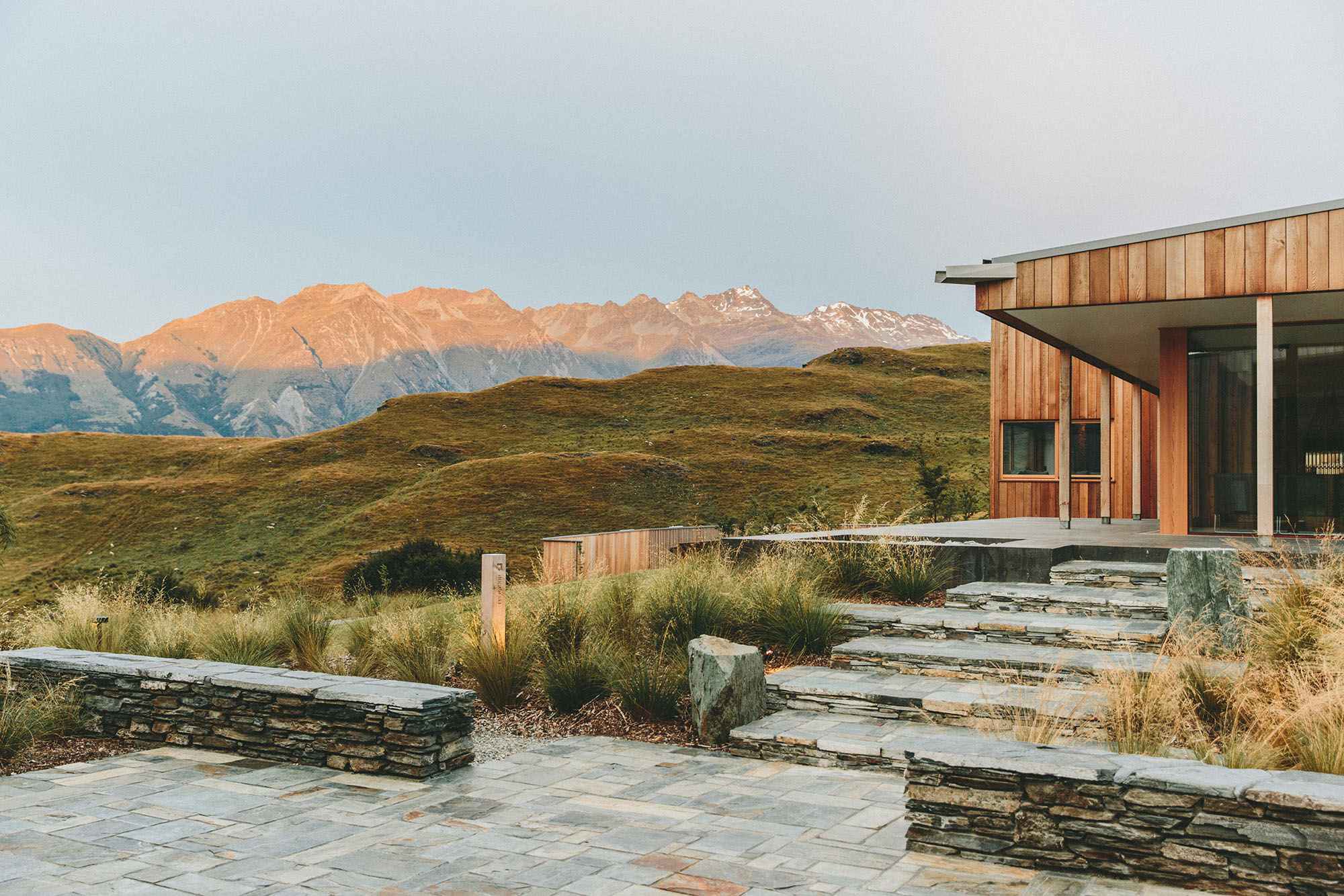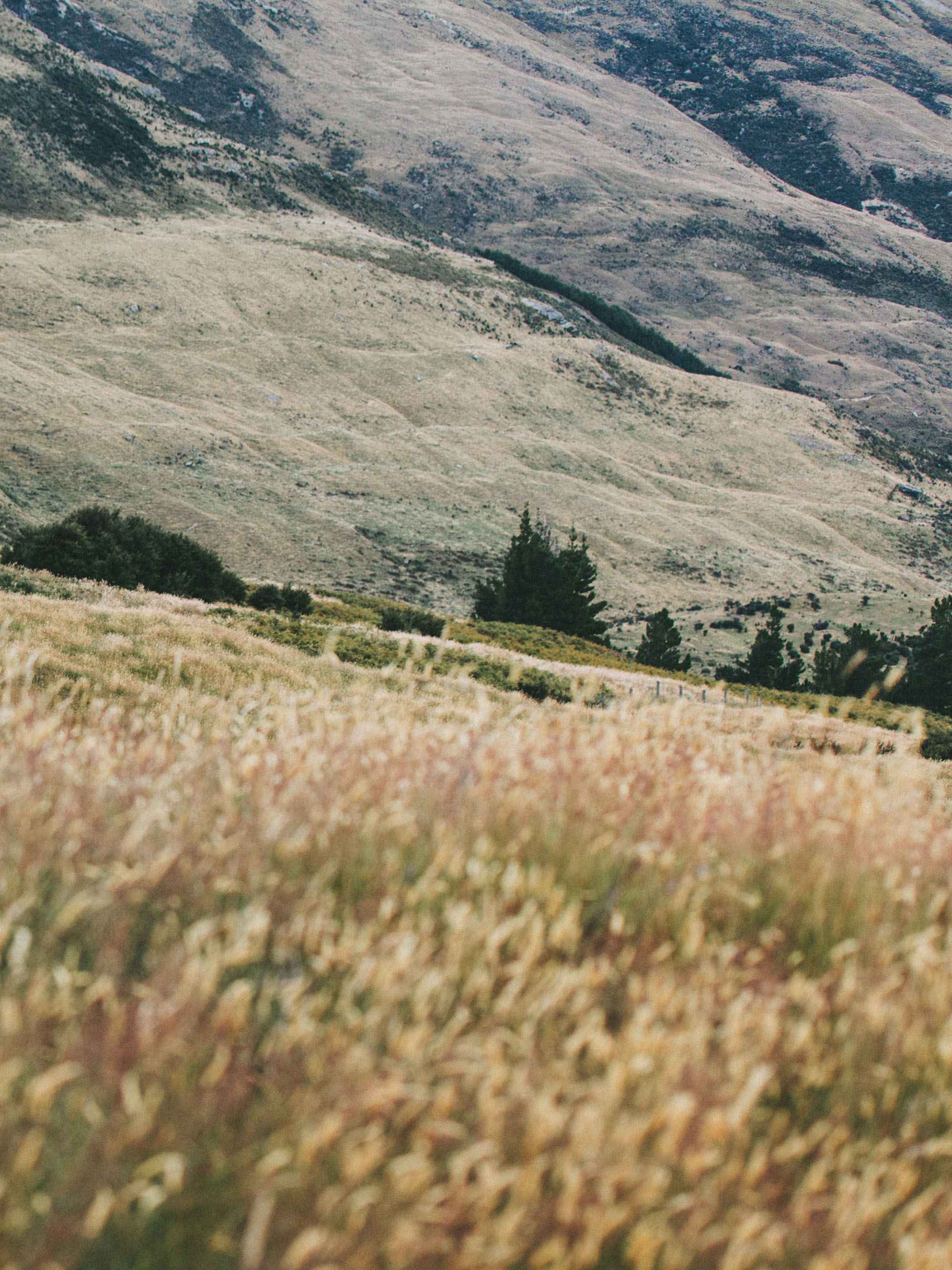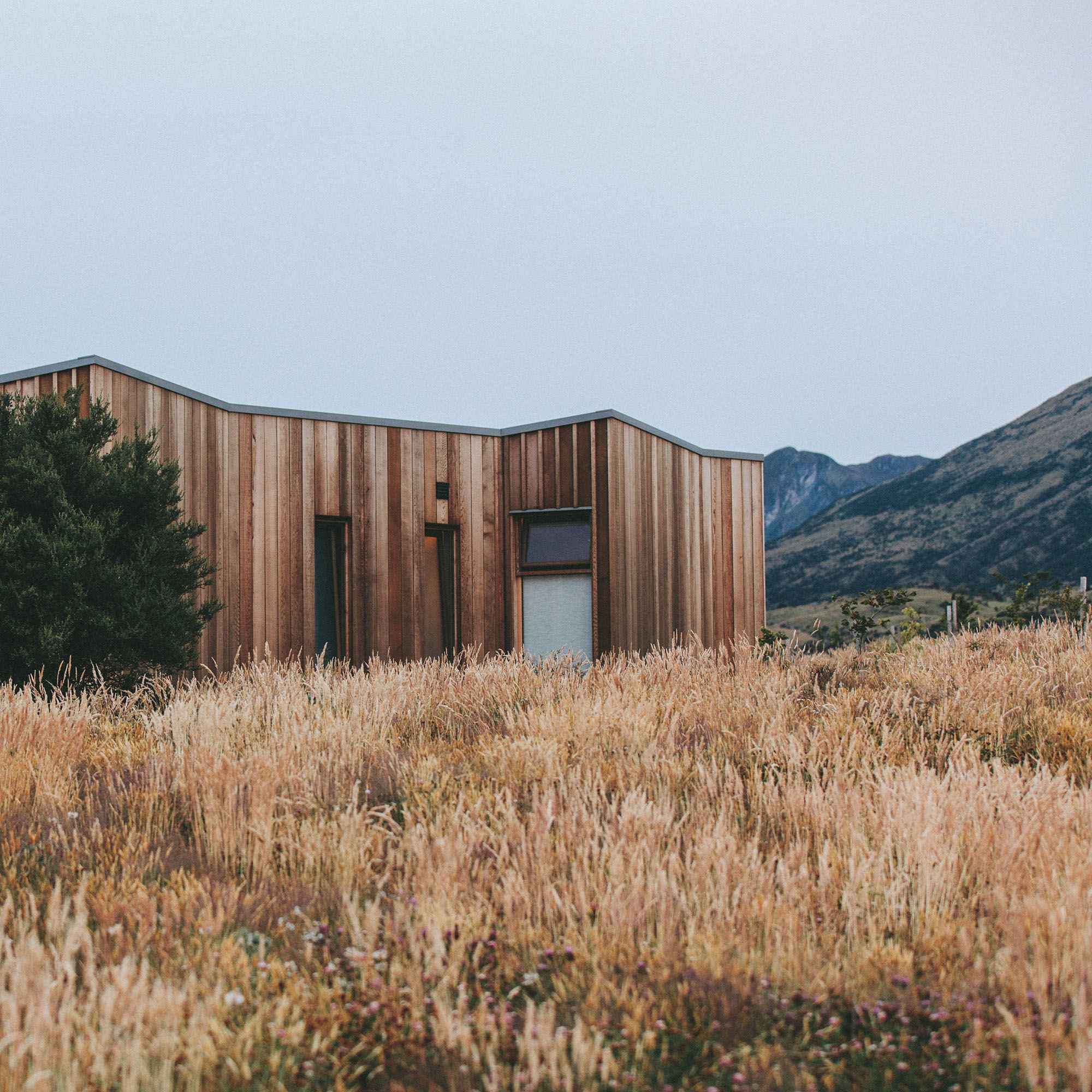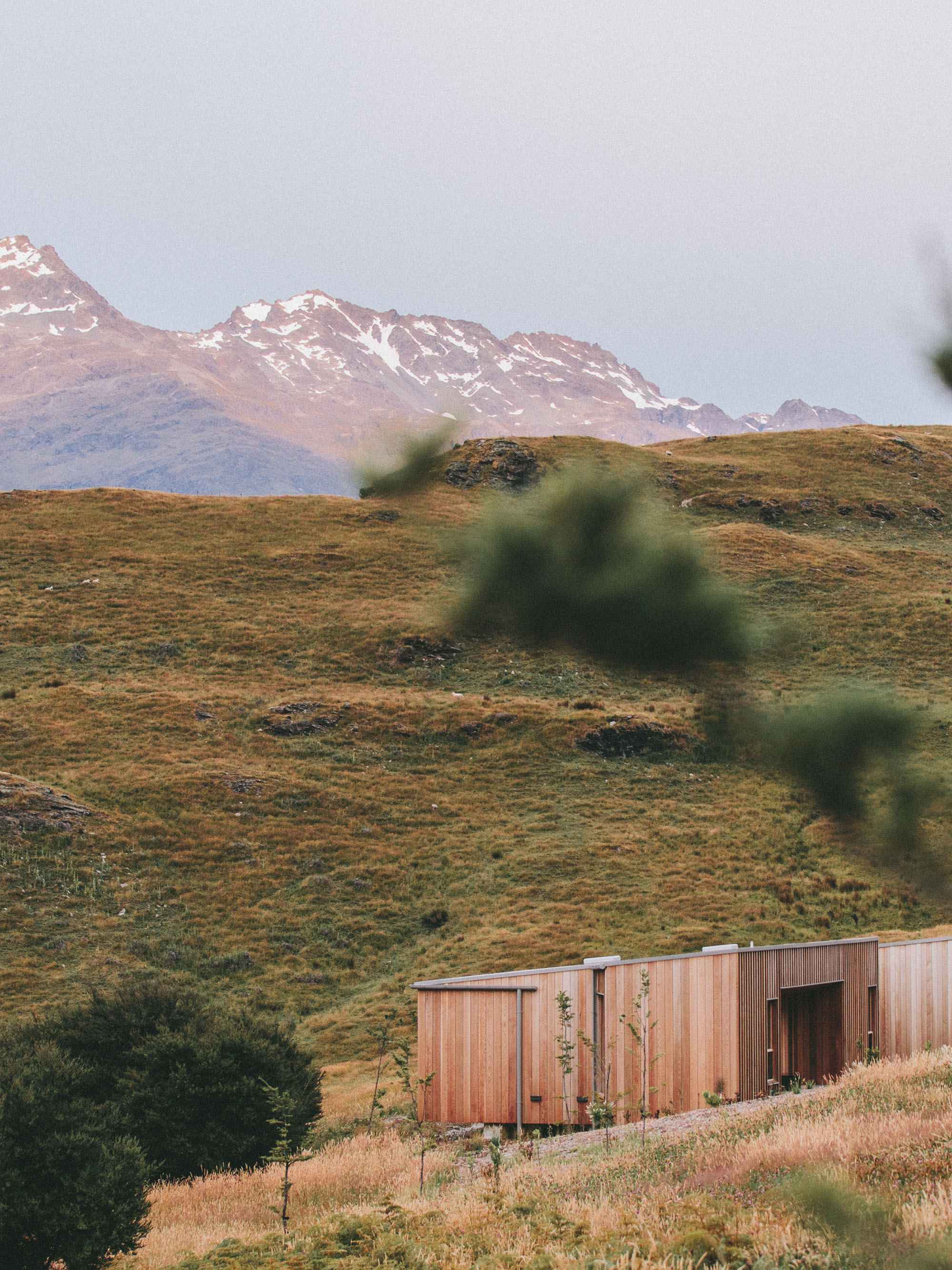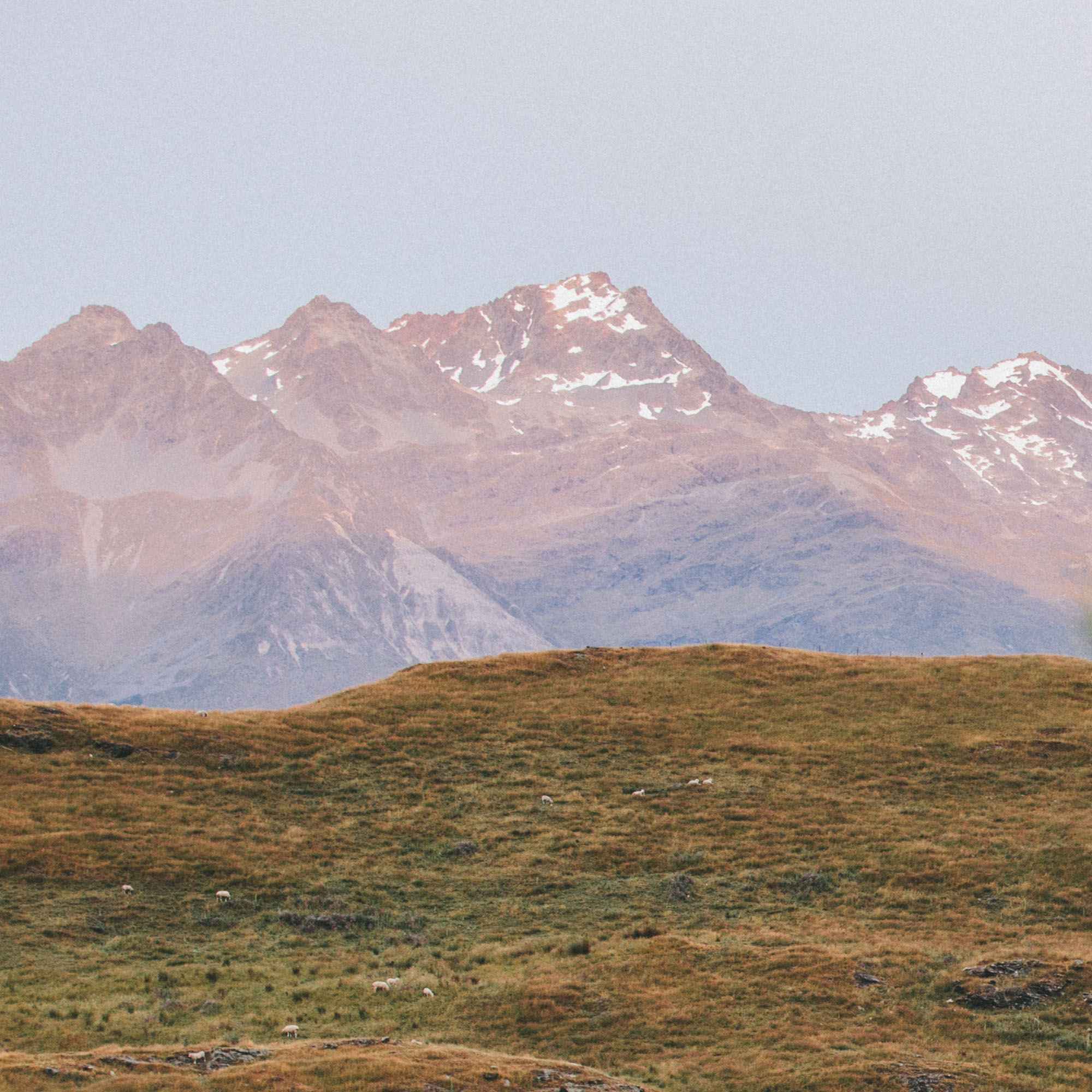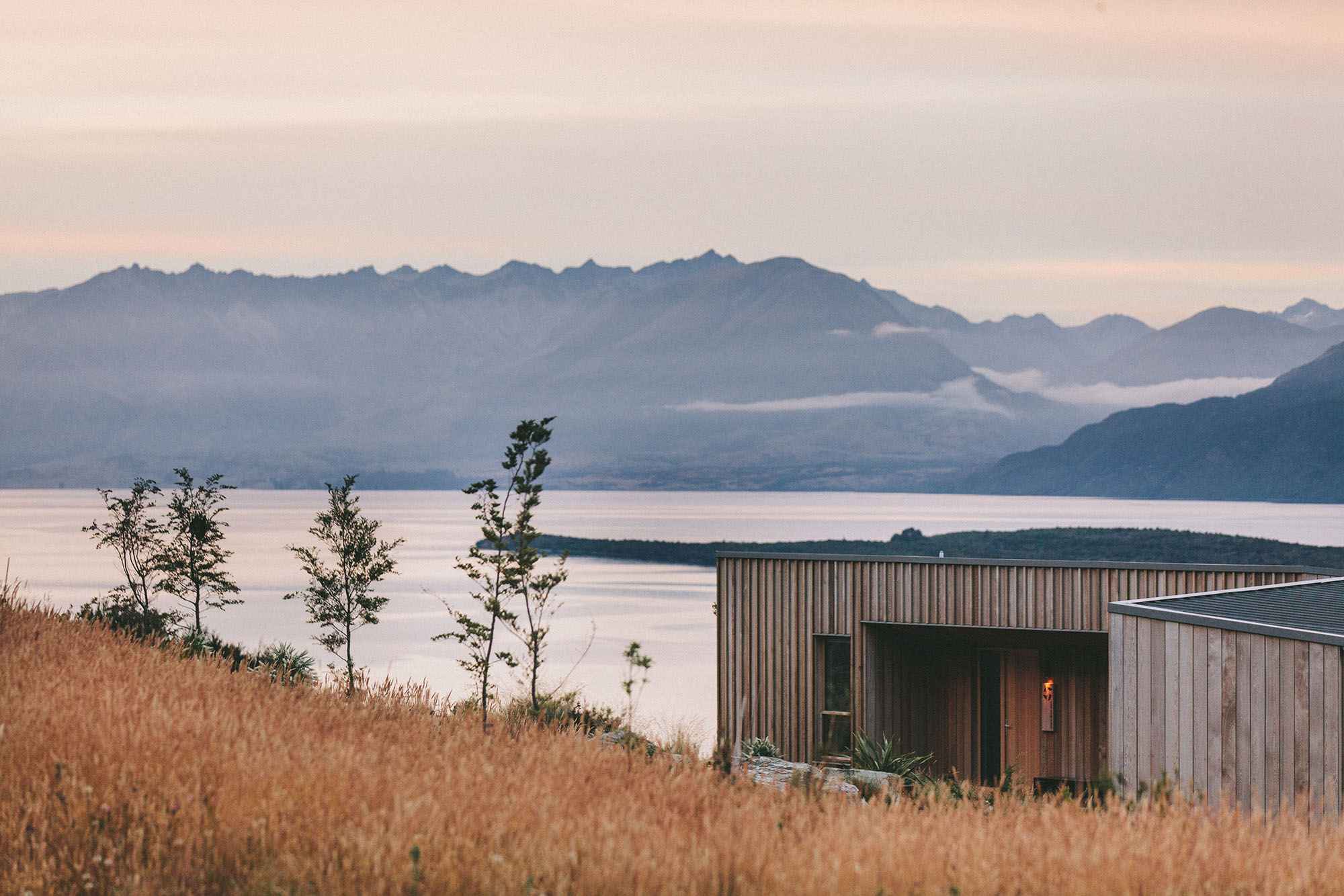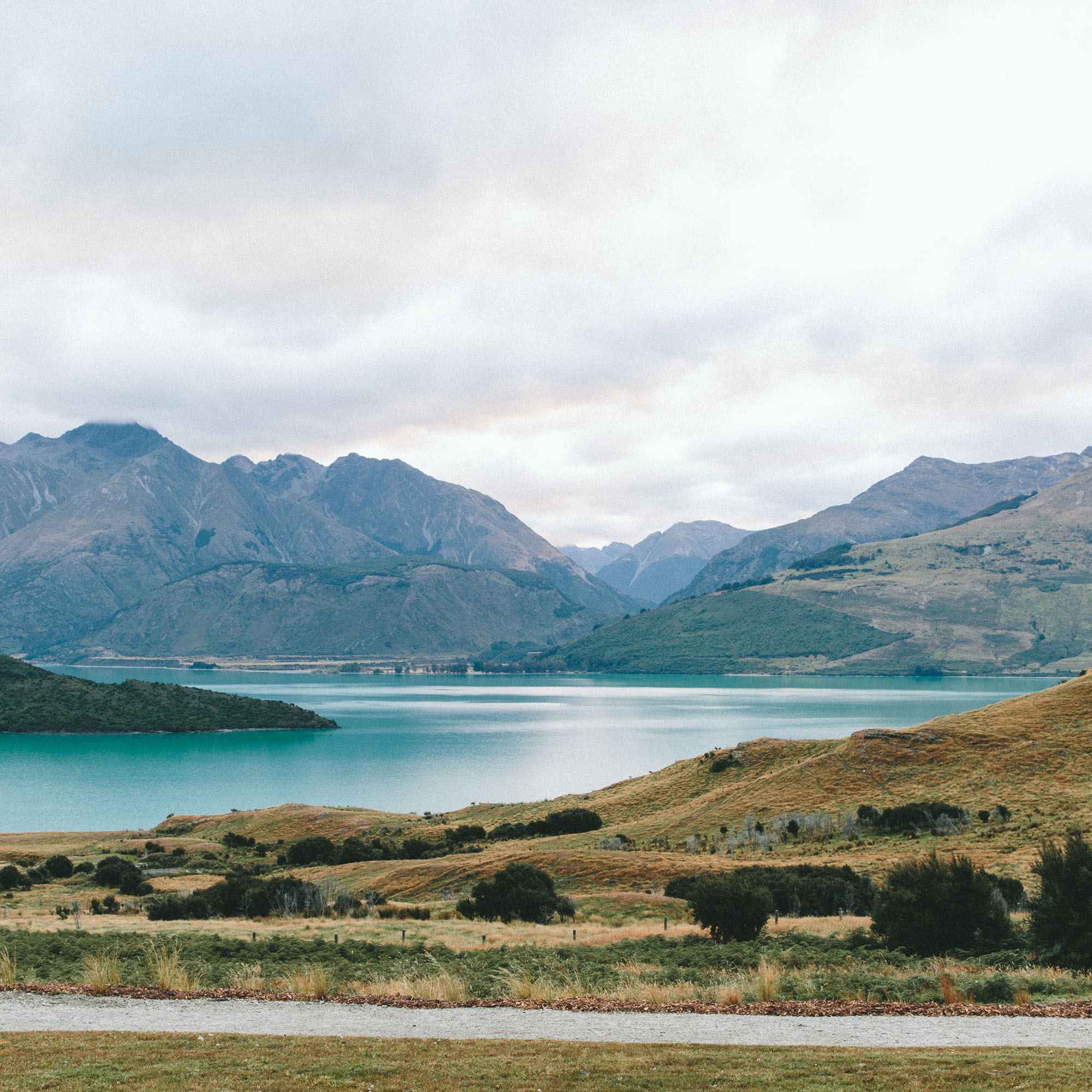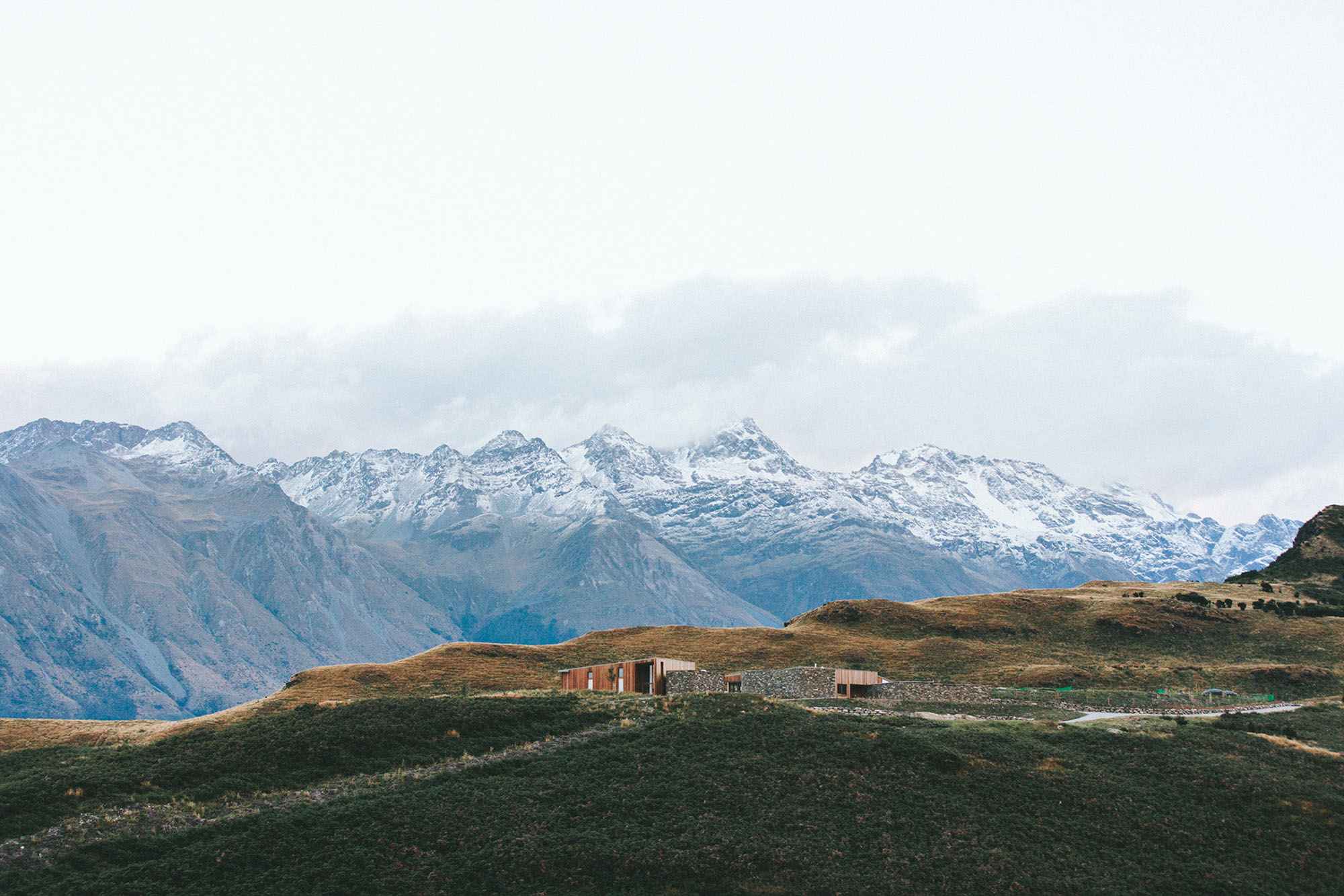11/5 Mt. Jiuhua - Sacred Mountain Dedicated to Ksitigarbha / DiZang Pusa
JiuhuaShan (Mt. Jiuhua) is one of four sacred mountains in China. dedicated to Ksitigarbha or Dizhang Pusa. While there already were Buddhist temples and Indian priests leading the temples by around 400AD, at 757AD there was a zen master, formally a Silla prince named Kim Gyo-gak, practicing in a small mountain cave eating small amount of rice and mud.
After the locals discovered this zen/chan master, within a short period of time the people built a temple and invited the master to teach. He stayed at this mountain and taught for 75 years till age of 99. After his death, his corporeal body remained intact and was on display until circumstance deemed it necessary to hide his body, during the Tang Dynasty (1000+ years ago). By Ming Dynasty (300-700 years ago) they built a temple over the location of where the body is hidden. People believed that he is the reincarnate of Dìzàng Pusa, (Japanese: Jizo, Sanskrit Ksitigarbha)




We went up a cable car and up the steps we climbed and climbed.










At this time there are approximately 99 temples on this mountain, but historically there were up to 300. TienTaiSi (天台 Temple) is our first destination. It was built next to the cave where Dizang Bodhisattva practiced.
Lots of steps to reach the temple. Some people prayed as they went up the steps...









We've arrived at the cave where Dizang Pusa meditated.


After leaving the mountain peak we went to the temple where his body is enshrined, RouShenSi.





The next temple we visited on Mt Jiuhua was Hauchengsi (化城寺). It was a leading temples in Mt.Jiuhua and Dizang Pusa is said to have lived here. At its peak in Qing Dynasty (100-300 years ago), there were three to four thousand monks living there. This temple also houses a library including Buddhist texts from India.





Due to the Cultural Revolution, the majority of the temple had to be rebuilt. This is a recurring theme as I visited many of the ancient Chinese temples, which is very similar to my prior visit to see ancient Korean temples. There nearly all the ancient temples I visited were destroyed in 1592 when the Japanese invaded Korea on their attempt to invade Ming Dynasty China.












